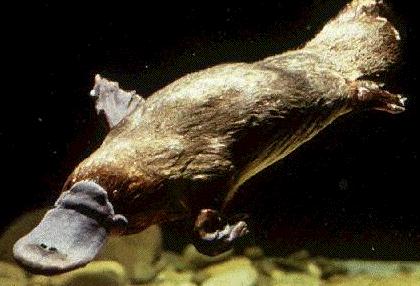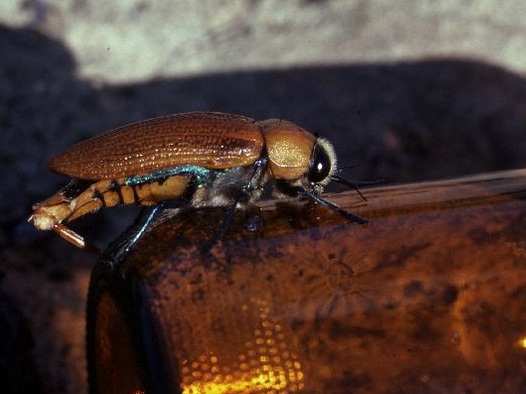
RAVENS use "HAND" GESTURES to COMMUNICATE
If I asked you what a wing was for, chances are you would tell me it helped birds fly. Would you ever think that a wing, which has the same basic anatomical bone structure of the hand that any animal with an actual hand has, could use its wing to make gestures, as well? A recent study has shown that ravens use their beaks and wings similar to the way humans use their hands, and can perform gestures such as pointing to objects. Until now, this behavior has not been seen by scientists in anything other than primates. Although dogs have been observed to point to things, they were excluded as a possibility, since they are taught this action by humans. Even when considering primates, gestures comparable to those of humans are rarely seen. One instance where such a gesture has been seen is in Uganda, where chimpanzees use directed scratches to point out parts of their body they would like groomed.
With more and more research, ravens have been found to be extremely intelligent creatures, out-competing with apes in some cases. Biologists have found them to be a very object- oriented species.
Research involving ravens has shown that they use their beaks to motion to and offer items, like moss, stones and twigs, which often leads the gestured to look at the object. Those gestured are commonly members of the opposite sex. The two would then interact directly, maybe by clasping their bills together or jointly manipulating the item. This has suggested that these gestures are used to measure interest of a partner or to reinforce bond strength. This has completely blown the expectation of what a "gesturer" should look like, considering that the raven has wings instead of hands, a beak and is able to fly, yet can still take advantage of nonvocal communication in this way.
It is a fact that ravens possess a high level of cooperation between partners, which suggests that gestures evolve in species that demonstrate a high degree of collaborative abilities. This discovery could open new possibilities on the origin of gestures within humans. One thing is certain, further research must be done on the other various gestures of ravens in order to make connections between function and meaning that could shed light on our own species' development.
http://www.livescience.com/17213-ravens-gestures-animal-communication.html
Posted by Chelsea Van Thof (9).











